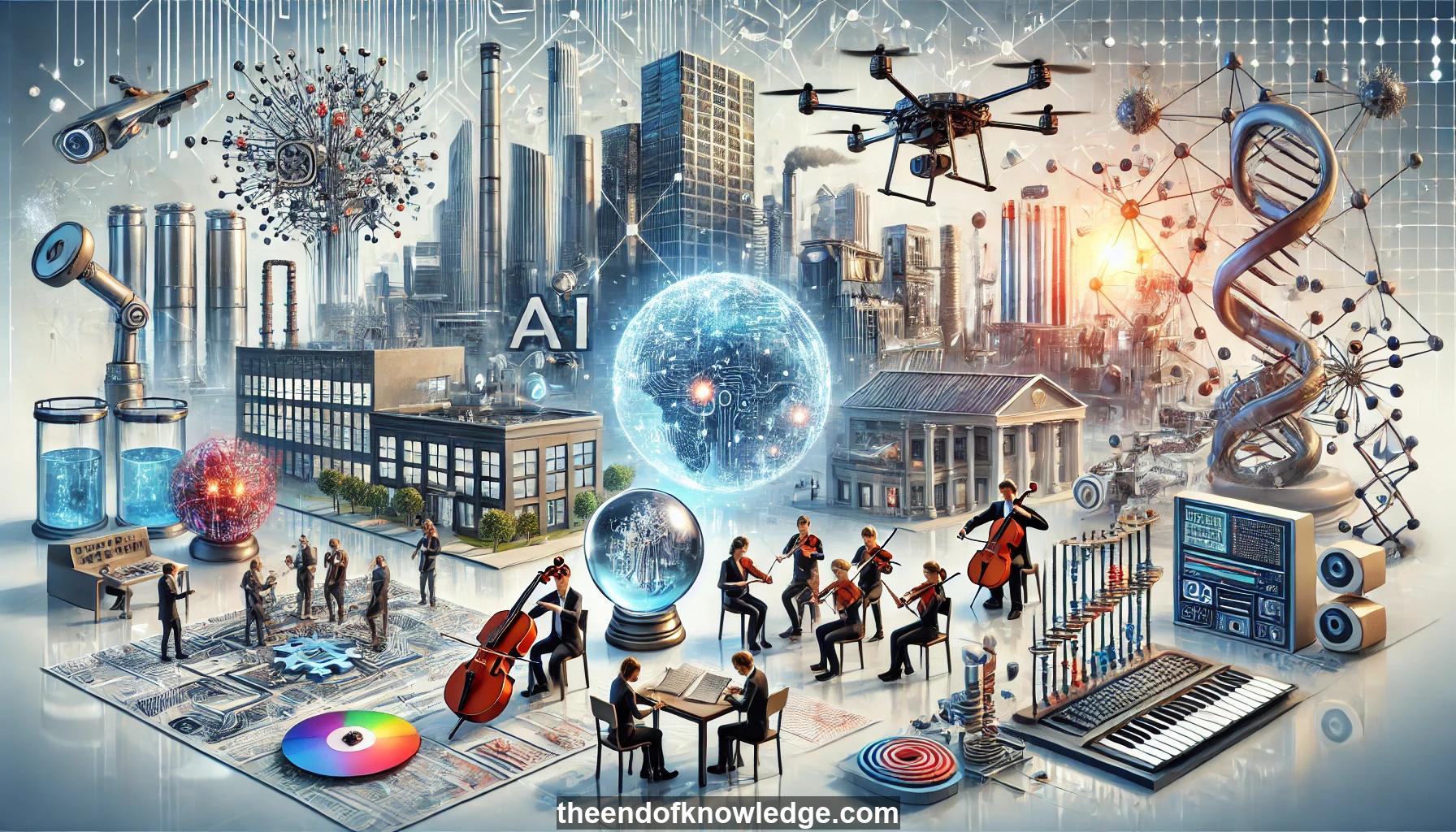 >
>
Concept Graph & Resume using Claude 3.5 Sonnet | Chat GPT4o | Llama 3:
Resume:
1.- AI today is primarily machine learning systems design, combining ML models to solve tasks.
2.- Alexa is an example of AI composed of multiple machine learning systems working together.
3.- Speech recognition, text-to-speech, and query processing in Alexa all utilize machine learning components.
4.- Amazon's AI systems involve large teams of people, including executives, scientists, and engineers.
5.- Prime Air delivery drones use control algorithms similar to machine learning techniques.
6.- Simulators and statistical emulators are used to predict system performance without real-world testing.
7.- Multi-fidelity emulation combines simulator predictions with real-world data to improve accuracy.
8.- Supply chain optimization uses machine learning to match product demand with supply.
9.- Forecasting teams use ML to predict demand for hundreds of millions of products weekly.
10.- Service-oriented architecture replaced monolithic code bases, improving scalability and reliability.
11.- Separation of concerns in software architecture can lead to challenges in understanding system-wide interactions.
12.- Intellectual debt refers to the challenge of understanding complex systems with many interacting components.
13.- Projects in developing countries face resource constraints in deploying AI systems compared to large tech companies.
14.- Auto AI aims to automate many functions currently performed manually in complex AI systems.
15.- Emulation is key to understanding and managing complex AI systems with multiple interacting components.
16.- Deep emulation involves using machine learning emulators to model different subsystems and their interactions.
17.- Monitoring models in production and predicting upstream/downstream effects is crucial for deployed ML systems.
18.- AutoML focuses on single ML components, but real-world systems require understanding of component interactions.
19.- Data Science Africa projects demonstrate the need for efficient, automated AI systems in resource-constrained environments.
20.- Biosurveillance and disease monitoring in Uganda face challenges due to limited resources for system management.
21.- Local radio monitoring uses keyword detection and snippet analysis to identify community issues.
22.- Safe and explainable AI deployment requires understanding of system-wide interactions and effects.
23.- Technical debt and intellectual debt are both important considerations in developing complex AI systems.
24.- The supply chain optimization system at Amazon is described as one of the world's largest AI systems.
25.- Machine learning is used in various aspects of supply chain management, including demand forecasting and inventory optimization.
26.- The re-architecting of Amazon's website led to the development of AWS and cloud services.
27.- Challenges arise when problems occur due to unforeseen interactions between separated system components.
28.- Mobile monitoring of crop diseases in Uganda demonstrates the need for end-to-end AI systems in resource-limited settings.
29.- Automated decision-making in supply chain management creates an illusion of instant product availability.
30.- The speaker advocates for the AI community to focus on sophisticated emulation techniques for scalable deployments.
Knowledge Vault built byDavid Vivancos 2024